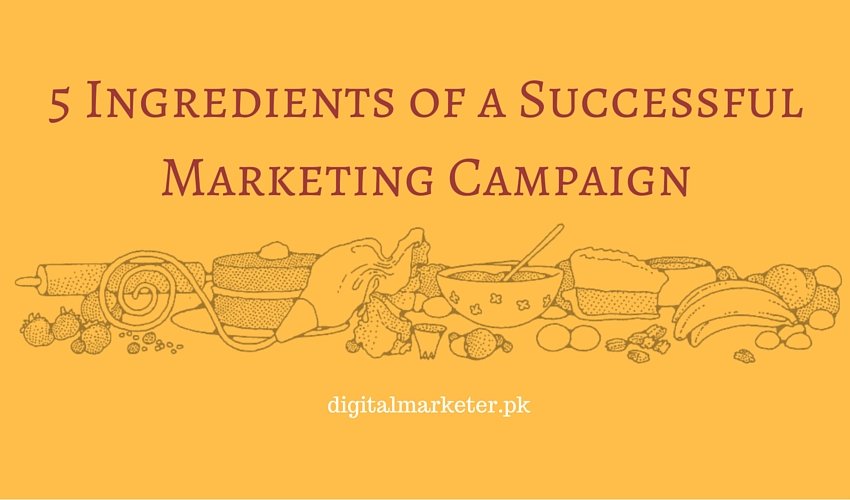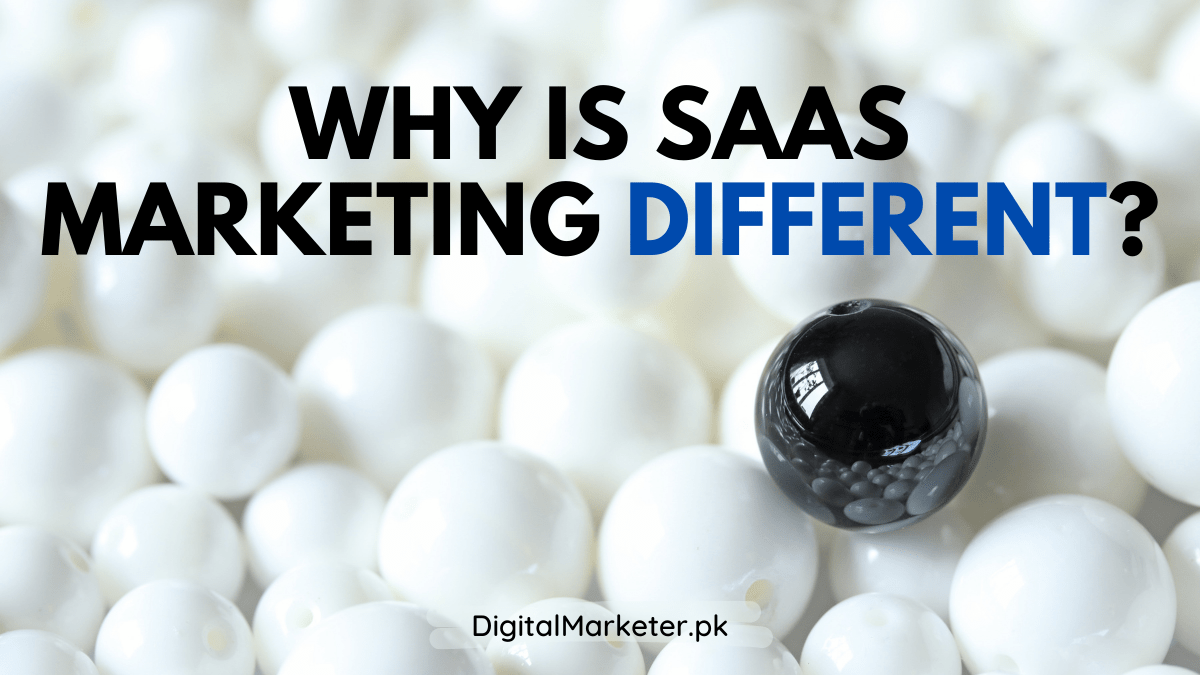Is your marketing campaign not doing a great job? Is it converting at a poor rate? You might be missing a few of the key ingredients that are must for the success of any marketing campaign.
1. Goal
The first and the most crucial key ingredient for a successful marketing campaign is ‘goal’. Start with a plan.
Without a plan, goals, objectives, and a clear purpose, your marketing campaign will fail to give any results. If you don’t know what you want to ‘achieve’, you will keep beating around the bush.
Set clear goals. Set objectives of the marketing campaign. Ask yourself, what you want to achieve from the campaign? Are you interested in building your email list or are you interested in selling X number of products?
Based on the objectives, devise goals that will help achieve the objectives. Set monthly, weekly, and daily goals. This will also assist you in monitoring the progress of the campaign.
2. Defining the target audience
What is your target audience? What does your target audience do? What is the average monthly salary of your target individual? Do you want to target males, females or both?
You can list hundreds of questions.
And you must have the answer to each one of them.
Collect as much information as possible about your target audience so as to reach the right individuals. Market research will reveal information about the target audience. Maybe conduct a few online surveys and see what type of people are more likely to buy from you.
After running the marketing campaign for some days, analyze the traffic, and redefine your target audience based on the results. This is a must part of every effective marketing campaign.
3. Value proposition
What value your product offers? How your solution is better than the solution being offered by your competitors?
Buyers evaluate products. They compare features, benefits, pros, cons, and pretty much everything. This is an unintentional activity that takes place in every buyer’s mind. They don’t know it but they do compare all the possible solutions to the problem. This is how a human mind is tuned. This is how a decision is made.
Everyone has a reason to justify one’s choice of a particular product. This ‘reason’ is based on the comparison that is devised at the back of one’s mind.
Make sure your product wins the comparison – intentional as well as unintentional.
Address the ‘problem’ your target audience is facing. Put yourself in your buyer’s shoes and evaluate your product. Does it offer a solution to the buyer’s problem? Does it provide a better solution than the counterparts?
The target audience is only interested in the solution to the problem which is nothing but the best.
Define a unique value your product offers and then push it to the center of the marketing campaign. Focus on the value your product delivers.
4. Timing
There are two different types of timing associated with the campaign.
First, if you are launching a new product or if you are preparing a marketing campaign for the launch of your new business, it has to be well-timed. Is it the best time to launch this specific product, and this specific business?
Here is an interesting case study that shows why timing is the most important factor that defines the success of the startups and new products.
Z.com was an online streaming website that was launched in 1998. Due to lack of browser codecs and unavailability of the broadband, users were unable to watch uninterrupted videos online. It never worked. And it was shut down in 2003.
YouTube was launched in 2005, almost two years later when Z.com was shut down, and it turned out to be a massive success. Broadband was used by 50% of the people in the US and the Adobe Flash had solved the codec issue. This made YouTube a perfectly timed launch.
Analyze the market and see if it is the right time to initiate the marketing campaign for your offer.
Second, for advertising campaigns the timing is referred to the time of the day when the campaign will run. For example, if you are targeting home-stay moms, the best time to pitch them is morning.
The timing of the marketing campaign will define its success. Better initiate it at the right time.
5. Marketing channel
How to deliver your message to the target audience. This can include social media, search engines, display ads, Facebook ads, email, or SMS.
There are tons of marketing channels available to choose from. Again, you have to spend resources on research. See which channel works best for your product and the audience.
Or, you can see what your competitors are doing. If they are running ads on Twitter, there is a reason for it. They must be getting decent ROI if there is an ad campaign running for a month. If it doesn’t work for them, they should have switched the channel.
Pro tip: Use one marketing channel at a time so as to measure the ROI.
Here is a final reminder, these 5 ingredients might not lead to a successful marketing campaign instantly. You have to wait, test, and tweak the campaigns to come up with a winning campaign.





